Different Kinds of Flowers Species You Should Know
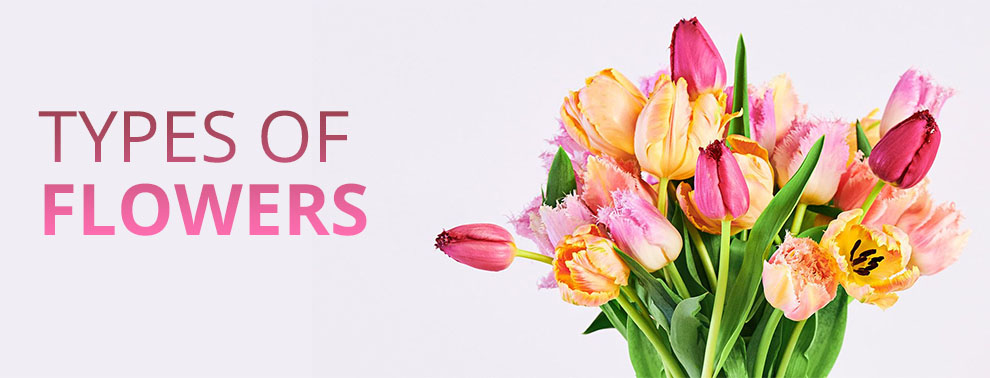
Note* There can be multiple ways to categorize flowers based on how they reproduce, when they bloom, look, etc. Here’s what we did.
Based on their maintenance levels, we’ve divided different types of flowers into the following categories:
In This Article:
Low Maintenance Flowers
These are different flower types that you can have in your garden with minimum efforts.
1. Peonies
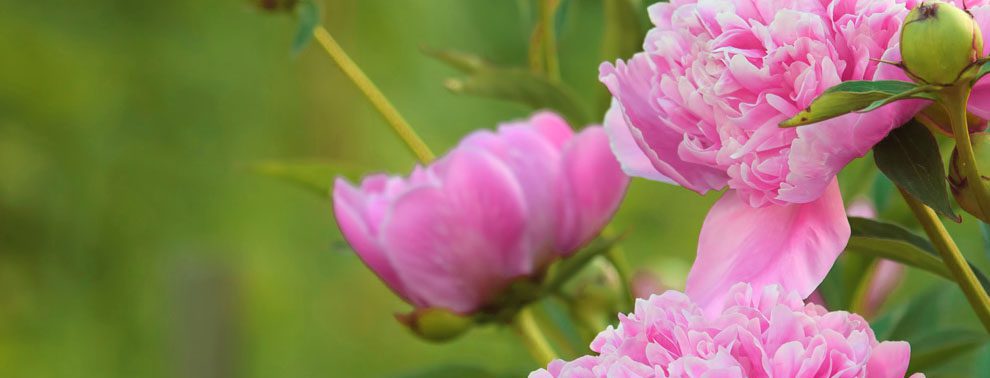
- Fragrant peony blossoms come in a variety of colors, shapes, and types and are huge, puffy, extremely aromatic.
- These hardy, lengthy longstanding shrubs have an ancient legacy as garden plants.
- Peonies come in three types of flowers varieties: Tree Peonies, Itoh Peonies (Intersectional), and Herbaceous Peonies (Bush)
- Be cautious when the petals of a peony bend. Shortage of hydration, a virus, or extreme weather events can all contribute to this.
2. Cosmos
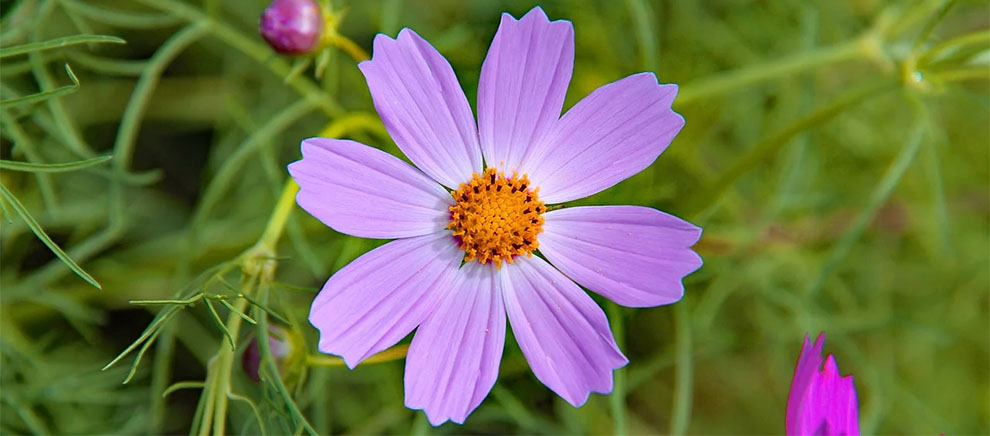
- Cosmos are easy-to-grow perennial flower species with easily blossoming varieties of flowers that can be cultivated by scattering a few seeds.
- Cosmos blooms resemble daisies in appearance.
- They are available in a variety of hues.
- This low-maintenance perennial is suitable for even novice gardeners.
3. Daffodils
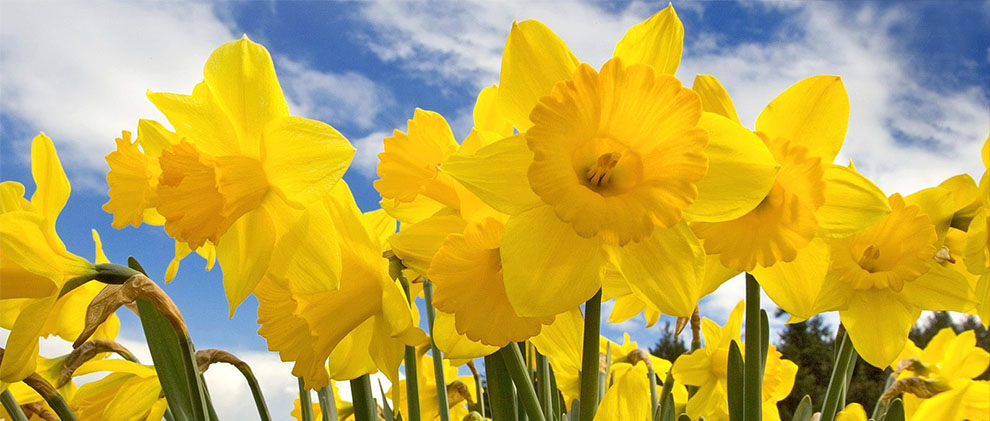
- Among the most common spring bulbs are daffodils. Planting a daffodil bulb around 4-7 inches deep will give you good results.
- In cooler climates, the majority are simple to cultivate.
- Daffodil blooms in the springtime based on the cultivar and different flower types.
- Daffodils require well-drained ground where the flowers can stay reasonably dry throughout the summertime dormancy.
4. Daylily
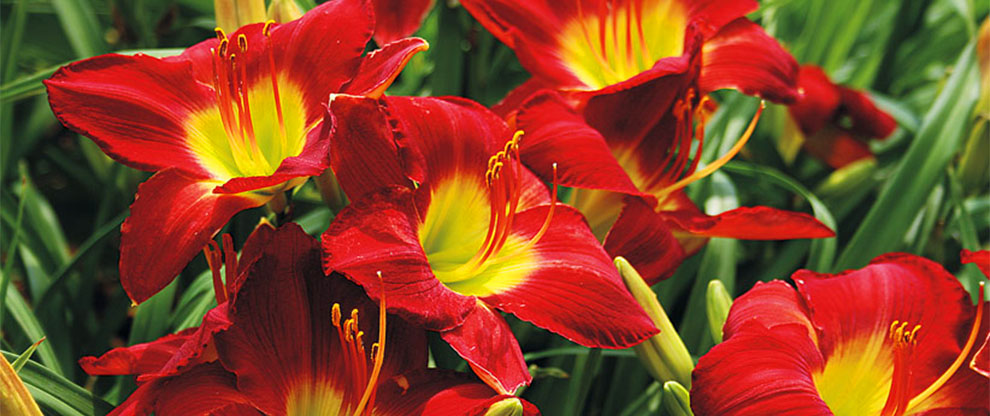
- Daylilies are attractive, minimal perennials that are hardy, long-living, and forgiving of negligence.
- Unlike true lilies, which bloom from the bulb, daylilies sprout from squishy roots.
- Based on the kinds of flowers, plants can start flowering as early as mid-spring and persist until autumn.
- Daylilies require soil that is wet, ordinary to lush, and well-drained.
5. Hibiscus
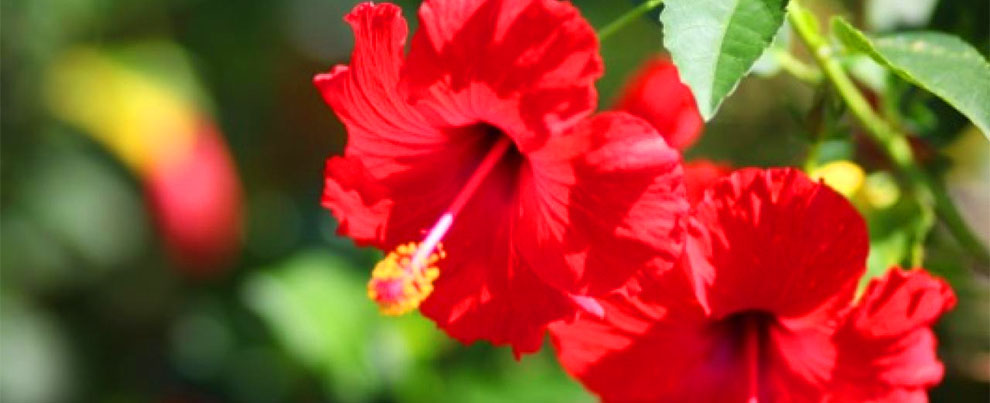
- Hibiscus flowers aren’t just for tropical climates.
- Certain resilient hibiscus flower species, such as the famous rose of Sharon, can even survive freezing temperatures of 20°C or lower.
- They love damp soil and are not drought tolerant.
- Plants of Rose of Sharon and other different flower types can be cultivated in the spring or summer, as there is no threat of snow.
6. Petunia
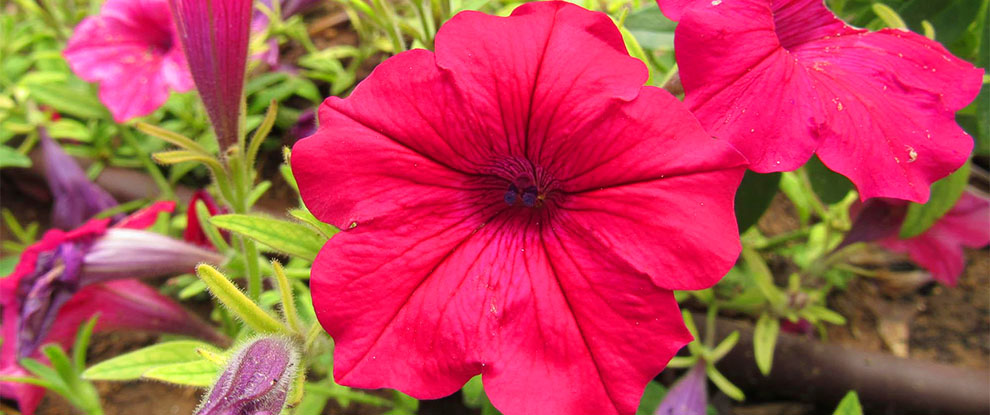
- They are technically sensitive perennials; they do not resist cold and are thus cultivated as annuals in most climes.
- The different morphologies are equally astonishing, spanning from small to palm-sized in single or dual flowers with curled, scalloped, or smooth borders.
- You can also cultivate several types of flowers from seed if you want a specific variety that isn’t accessible as transplantation.
- Petunias require frequent hydration due to very thin root systems that dry up rapidly.
7. Sunflower
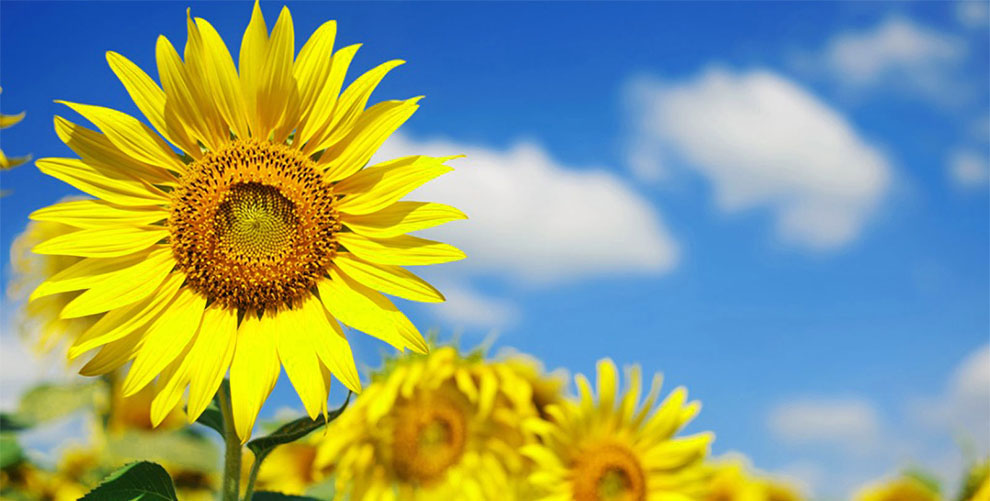
- Sunflowers are well-known, incredibly simple to cultivate flower species that gardeners around the country love.
- Sunflowers blossom throughout the year, but especially in the summer and fall.
- Sunflowers with enormous, heavy bloom heads are prone to drooping or shattering when exposed to summertime downpours.
- The blossoms on these perennial plants can grow to become more than a foot around depending upon the varieties of flowers.
8. Geranium
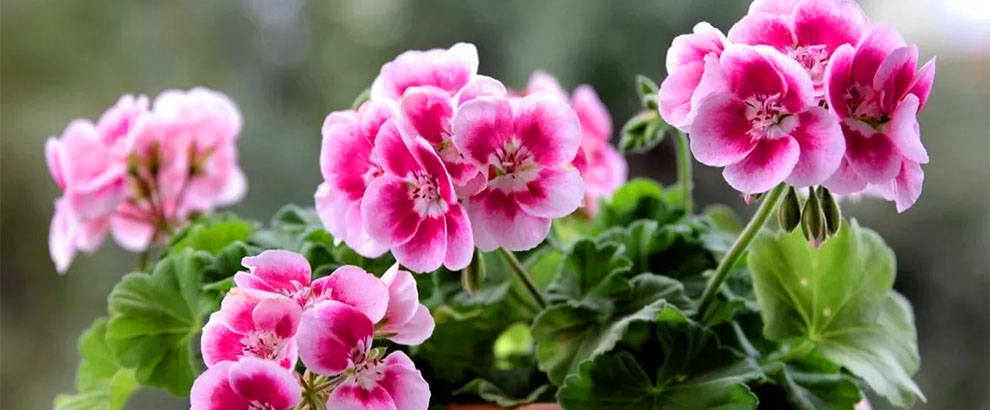
- Geraniums are a low-maintenance flowering plant that blooms from springtime through fall.
- In most zones, geraniums are cultivated as annuals, and in some places, they are considered perennials.
- This popular potted plant is technically a Pelargonium, despite its generic term of geranium.
- White, crimson, pink, purple, mauve, orange, and reddish-black are just a few of the colors offered from numerous different geranium flower varieties.
9. Marigold
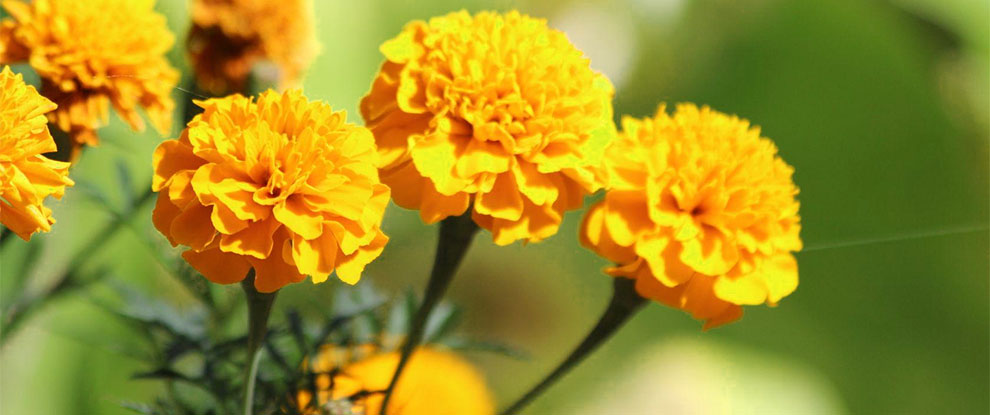
- Marigolds are a low-maintenance annual that attracts butterflies, honeybees, beetles, and other helpful creatures and adds color to your gardens.
- Marigold seeds grow fast and blossom in around eight weeks.
- This fast sensation of accomplishment makes them an excellent first-time gardening activity for children and gardening newcomers.
- Marigold varieties make an excellent lawn and garden partner and can help defend your vegetables from insects and parasites.
10. Coneflower
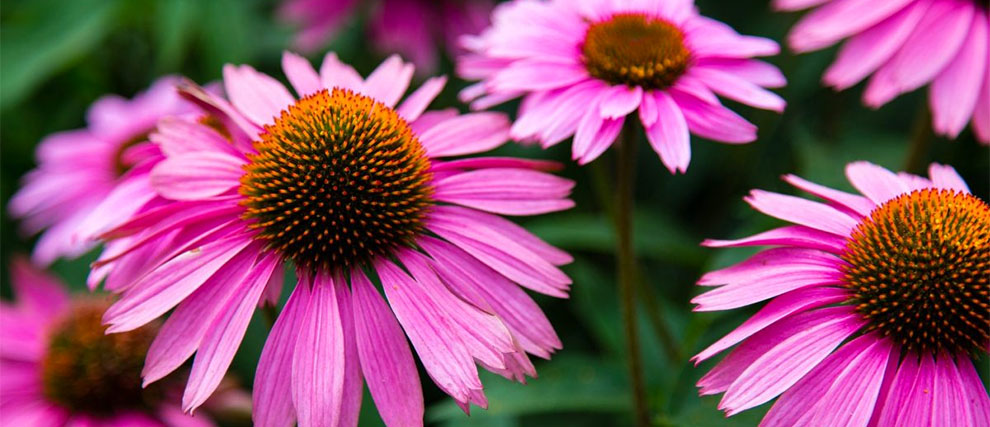
- Coneflowers are flower species that are temperature and drought-tolerant.
- Simple to cultivate, blossom for seasons, produce excellent cut wildflowers.
- They also lure birds and insects.
- Coneflowers come in a variety of flower shapes and colors, including pink, orange, yellow, red, and chartreuse.
Related: How to grow coneflowers? |Coneflower winter care
11. Pansies
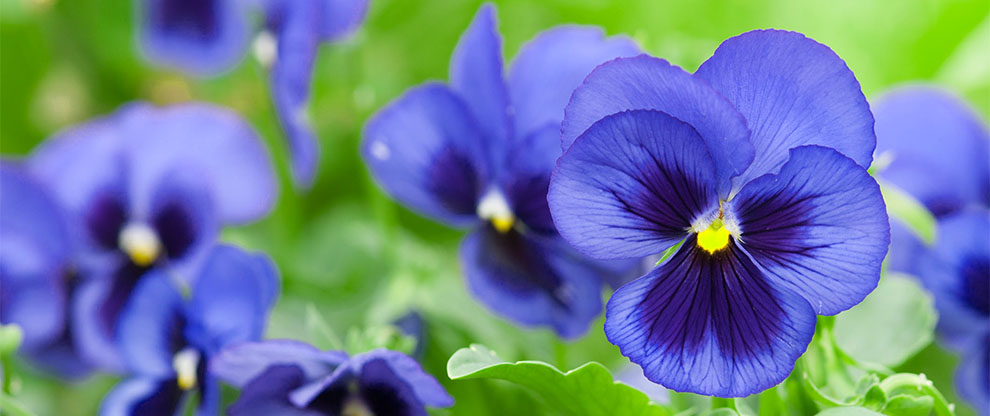
- Pansies have joyful faces in almost every hue of the rainbow.
- Pansies, which blossom as annuals, are frequently hardy enough to survive long winter
- They are the types of flowers that can flourish again during the spring if planted in the autumn.
- Pansies are flowers that are sometimes fully exposed to sun and partial shade. Read this complete guide here on how to grow pansies.
12. Zinnias
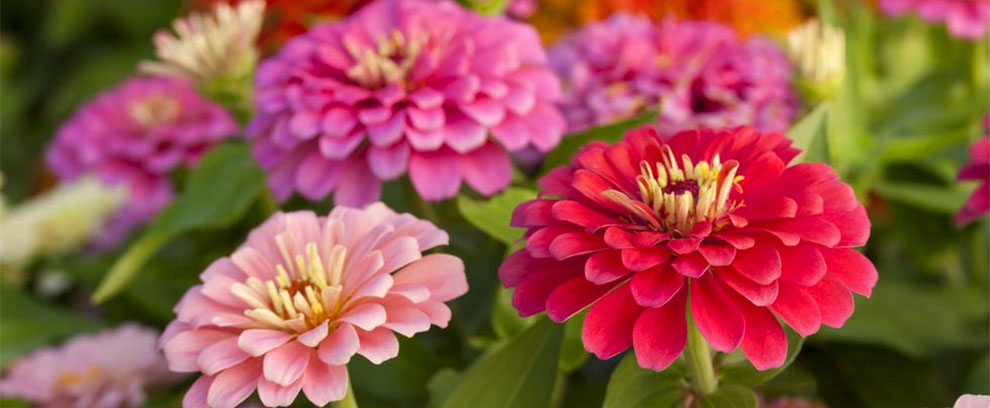
- Zinnia blooms, one of the simplest annuals to cultivate, add a splash of colour everywhere they go.
- The display runs from late spring through the first frost of the season in the fall.
- Butterfly and birds are drawn to the brightly coloured blossoms that grow in almost every brilliant hue conceivable.
- They are the varieties of flowers that grow rapidly and consistently, making them an attractive choice for new gardening enthusiasts.
13. Spider flower
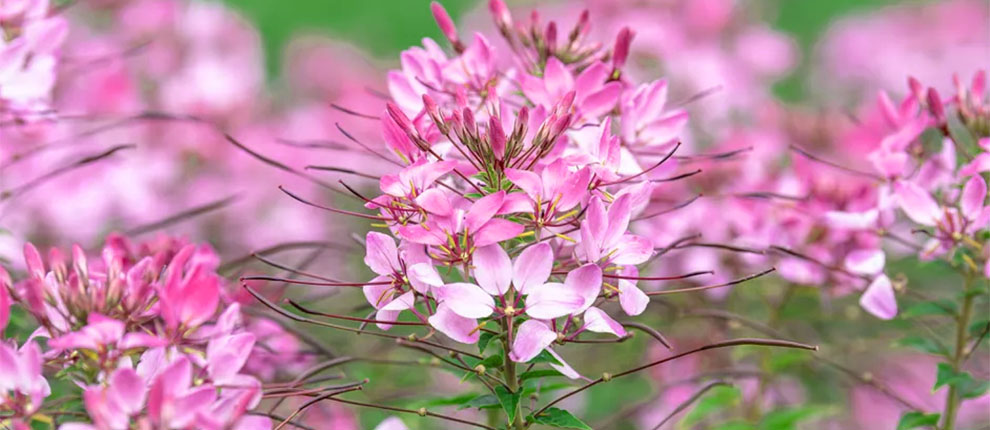
- It’s one of the greatest houseplants for novices and one of the simplest to reproduce and distribute.
- The attractive, fountainlike foliage is available in different flower types, color variants and shapes, along with a variety of curling leaves.
14. Hydrangeas
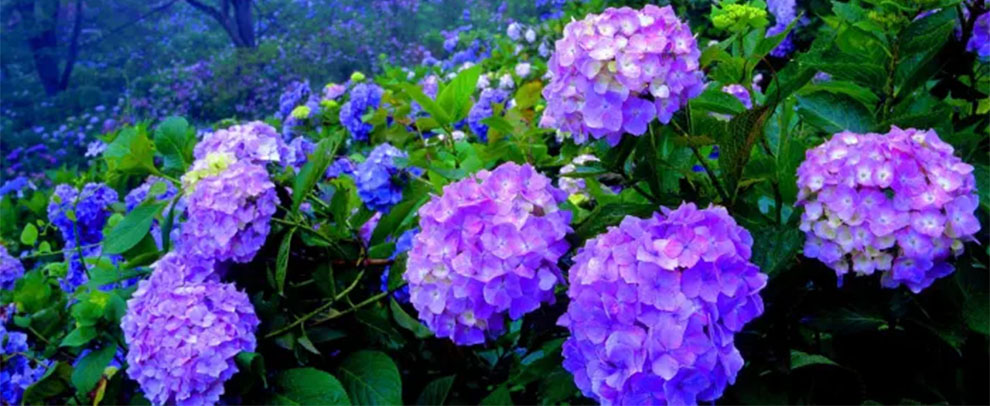
- French hydrangeas, mopheads, and hortensias are all different names for these plants.
- Older cultivars bloom on old wood, whereas newer flowers bloom on both old and young growth.
- They grow well with the right kind of hydrangea fertilizer, well-drained moist soil, and partial shade.
15. Begonias
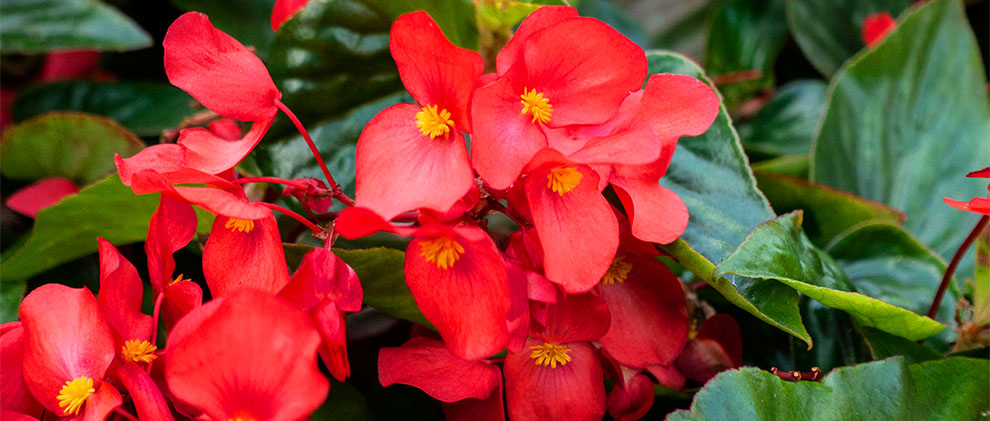
- Begonias are tropical and subtropical perennials that are commonly used as plants and in shady summer gardens.
- Some are cultivated for their asymmetrical, patterned, and variegated leaves, while others are planted for their ornamental value based upon their flower species.
Related: How to grow Begonias?
Kinds of Flowers Worth A Special Mention
You won’t find these flower species in every garden. We can’t call them exotic but they certainly are not so common. These beauties require more care and attention to grow well.
1. Calla Lillies
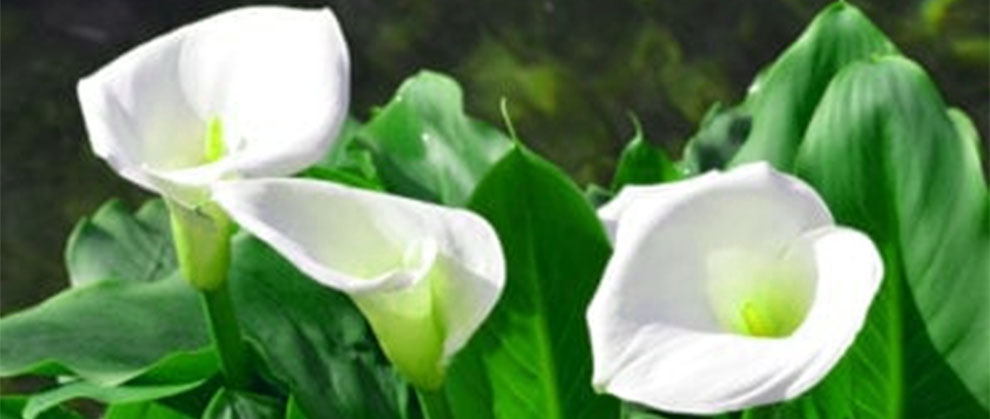
- Calla Lillies are the types of flowers with a sensuous, elegant, provocative, and exotic quality.
- White Callas are semi-aquatic and have watering holes.
- Their colorful cousins are arider, and their tubers require drainage.
Related: How to grow Calla Lilies? | Best Calla Lily fertilizers
2. Lilacs
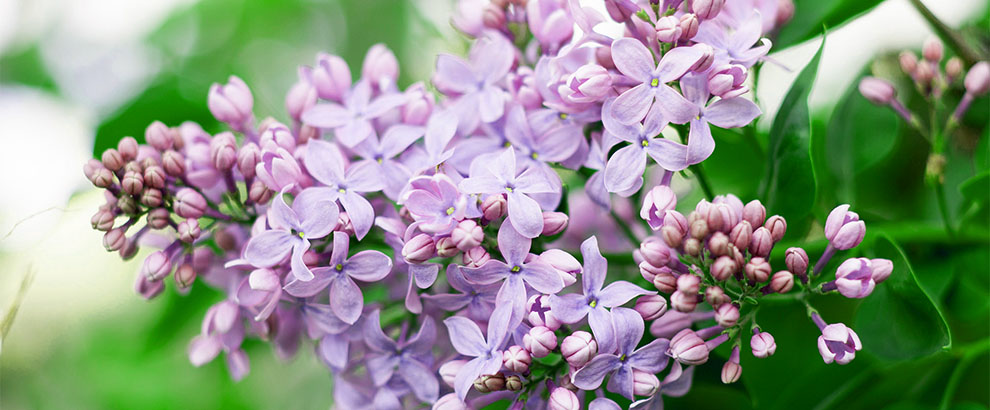
- Locations with cold summers are ideal for lilacs to grow.
- There are, however, varieties of flowers available for warmer climates as well.
- In your backyard, erect, multi-stemmed evergreen shrub can persist for decades.
3. Tulips
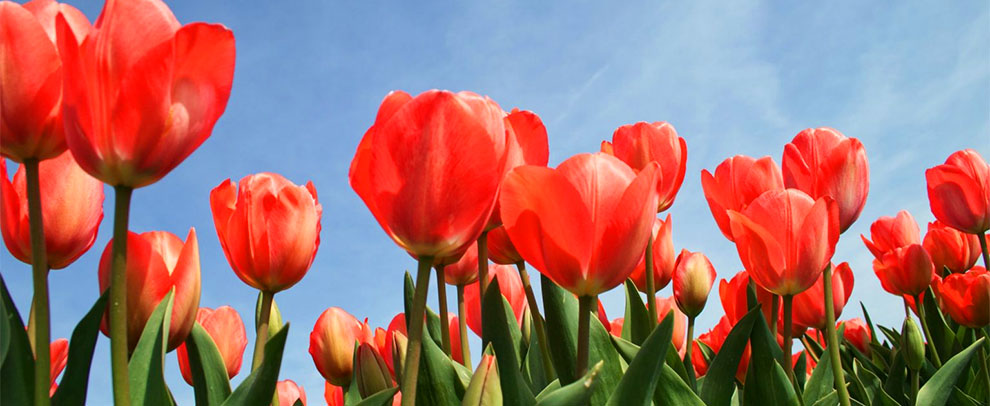
- Tulips are treasured for their vividly colored blossoms and are considered a symbol of spring.
- Tulips are a perennial flower that gardeners look forward to each year.
- Tulips are blossom from early summer to late spring, depending on the different flower types.
4. Orchids
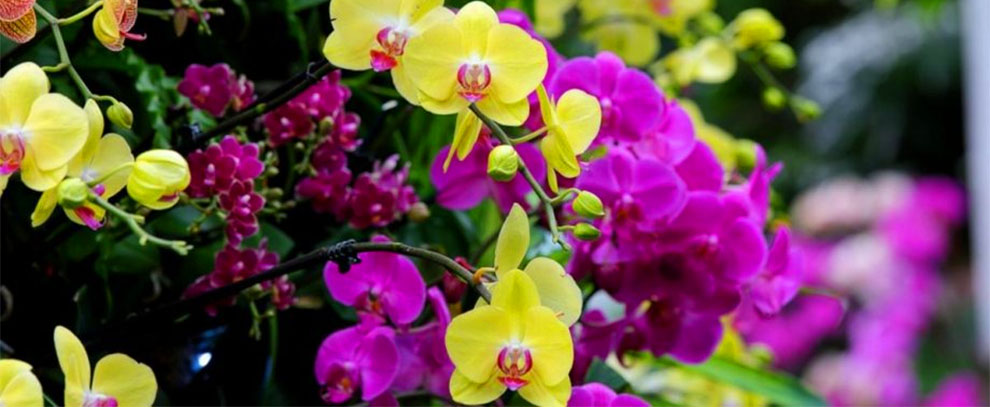
- Orchids are the kinds of flowers that require cooler evenings to blossom.
- Many orchids only bloom once a year, so you’re well overdue for some retribution.
- Light exposure & right orchid fertilizer are a crucial component in the formation of flower buds in Orchids.
5. Carnations
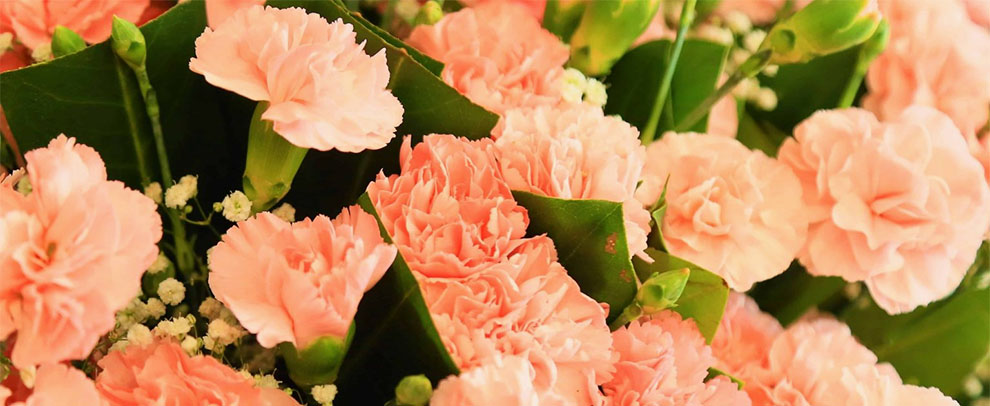
- Carnations flower species are also generally known by their scientific name, “Dianthus.”
- Carnations come in a variety of hues, and each color represents a particular meaning.
- Carnations are frequently referred to as “God’s Flowers.”
- Carnations require a few hours of direct sunlight every day and must be kept wet.
Related: How to Grow Carnations From Cut Flowers
6. Roses
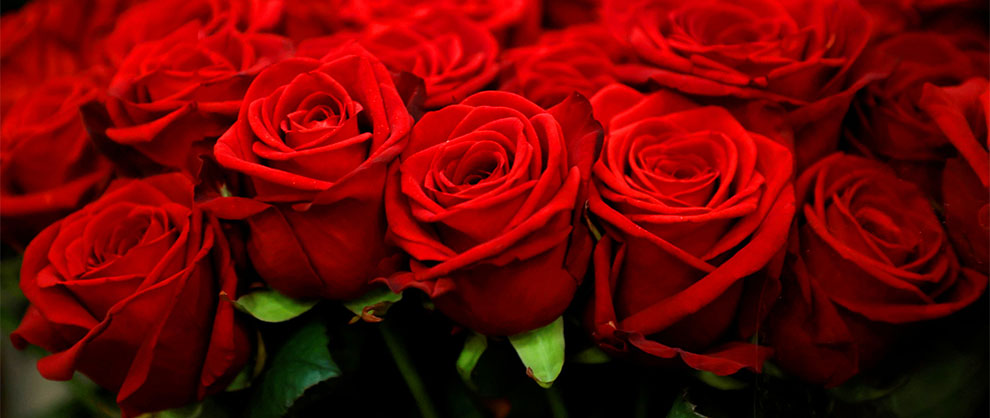
- Roses are the kinds of flowers that deserve great importance in the environment as being one of the world’s most cherished home garden plants.
- Roses are the types of flowers that can be grown in even the smallest places.
- Roses prefer soil that is lush, well-draining, and somewhat acidic (pH 6.0-7.0).
7. Hyacinths
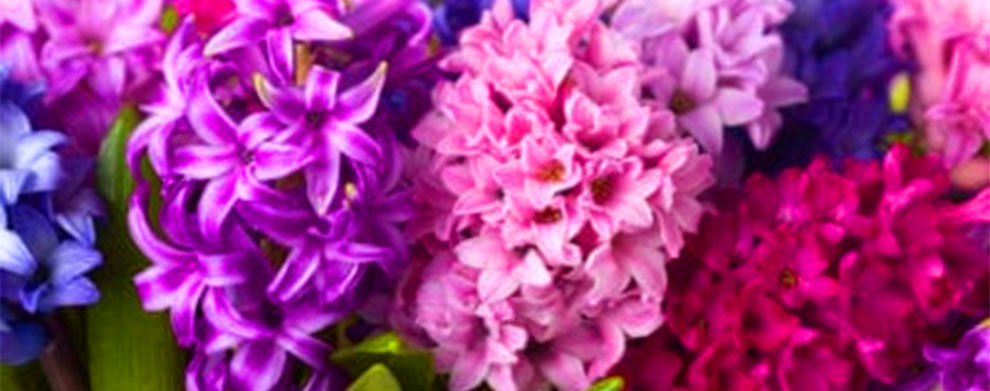
- Hyacinths are among the quickest bulbs to cultivate in the springtime.
- Despite their modest size, hyacinth plants provide a powerful punch of color and aroma in their clusters of blossoms.
- There are many other hues to choose from, including purple, white, yellow, and pink.
- Hyacinth bulbs can be cultivated both indoors and outdoors.
8. Lotus
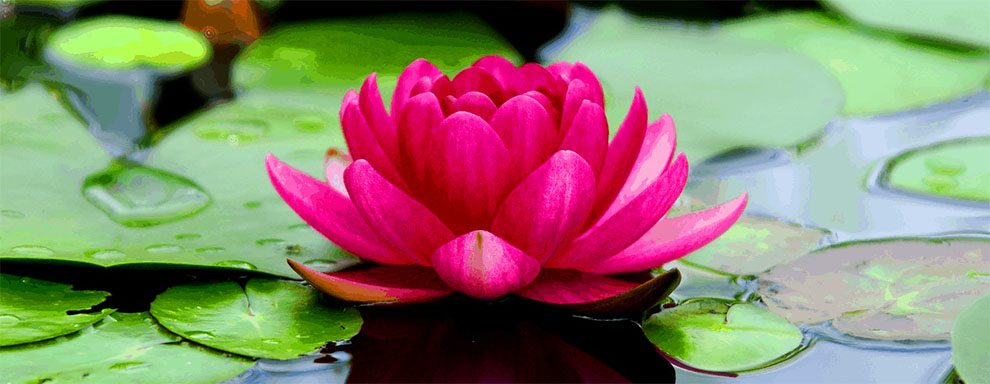
- A gorgeous aquatic flower known as Lotus blossoms from the deepest and thickest mud.
- The flower is endemic to Asia, mostly Indian and Chinese subcontinents.
- Different flower types in Lotus bloom can reach a height of 49 inches and a horizontal spread of 10 feet.
9. Anthurium
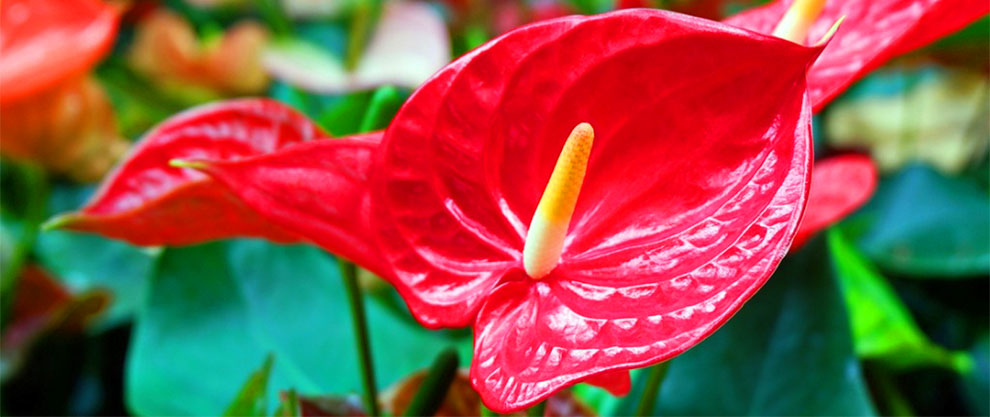
- Anthuriums are the kinds of flowers that are indigenous to South and Central America.
- Anthuriums are cultivated for their colorful blossom spathes and beautiful foliage.
- The anthurium plant is toxic in all sections. If consumed, it may cause moderate gastrointestinal problems.
Related: Low Growing Perennials That Bloom All Summer
Rare and Exotic Flowers
Let us now move on to some of the most unique types of flowers.
1. Passionflower
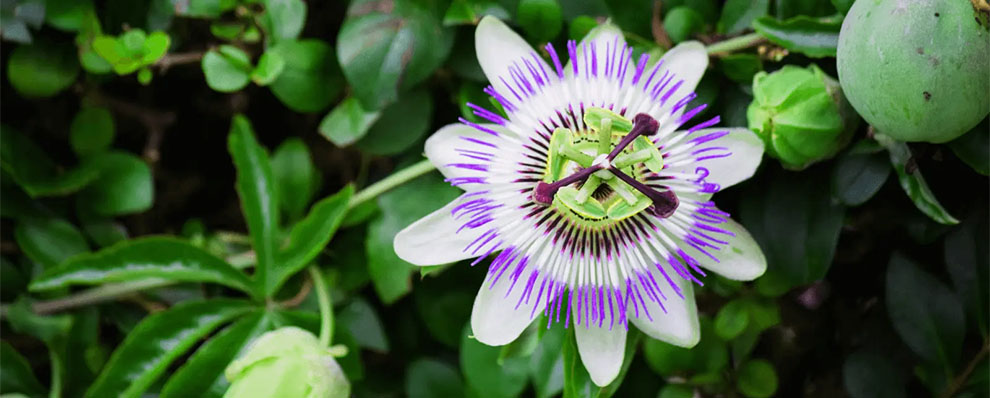
- Passionflower is also known as Passiflora.
- The blooms of Passiflora are the flower species that are recognized by their distinctive pattern of spreading filamentous and multi-leveled structures.
- There are 5 petals and 5 sepals on a common passionflower.
- This flower has medicinal value and is used to deal with anxiety and sleep issues.
2. Birds of paradise
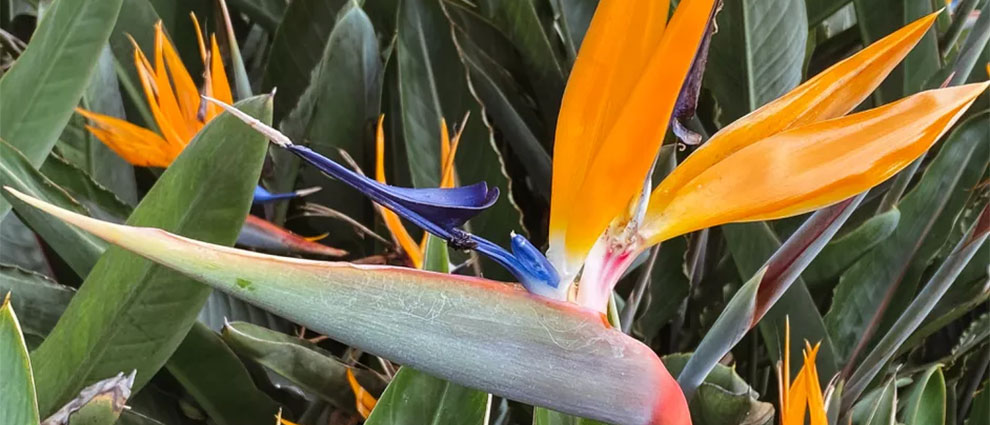
- Bird-of-paradise flower (Strelitzia reginae), often known as crane flower, is a South African flowering plant of the Strelitziaceae family.
- For its lovely leaves and distinctive blossoms, the plant is cultivated outside in warm areas and as a houseplant.
- It was given that name because of its likeness to the colorful woodland birds known as birds-of-paradise.
3. Corpus lily
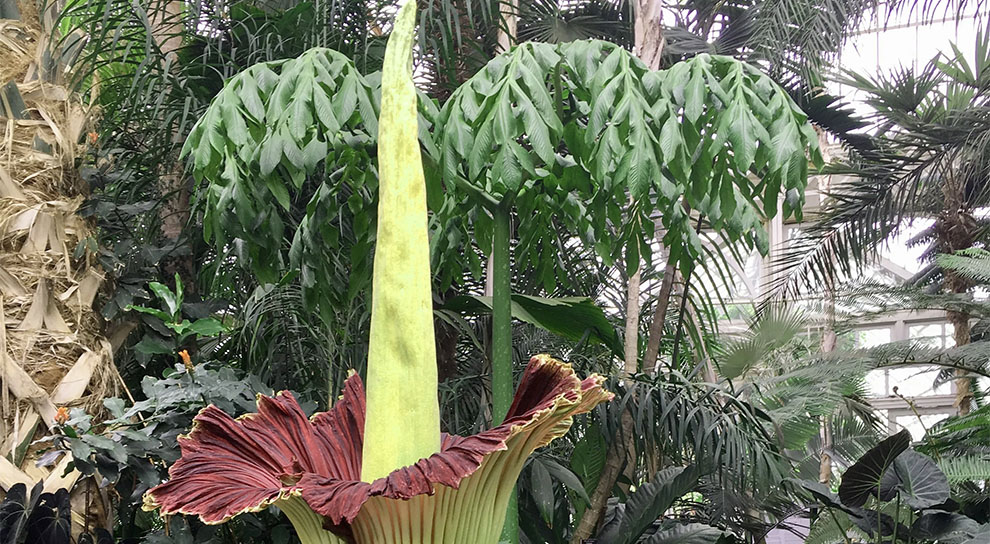
- The horrible odor of decomposing bodies that its different flower types generate to attract pollinators gave the corpse lily (Rafflesia arnoldii) its morbid title.
- The stretchy, ugly blossoms are thought to be the world’s biggest individual types of flowers.
- The plant is uncommon and endangered due to its limited cultural and environmental demands and habitat degradation.
4. Middlemist Red (Camellia)
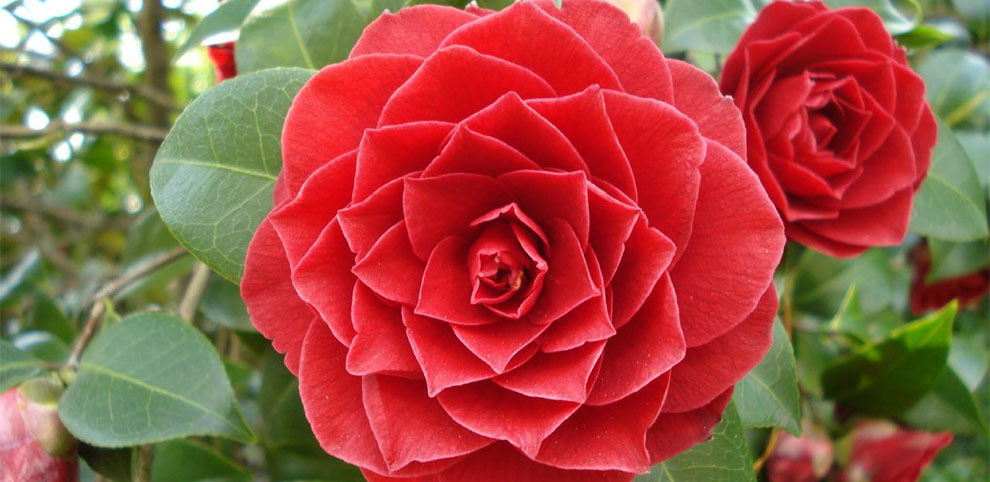
- The Middlemist Red Camellia is one of the rarest kinds of flowers.
- Not only is this plant gorgeous, but it also offers several health benefits.
- Ranging from cosmetics to cancer prevention to cardiovascular care.
Did You Know?
Q 1. What is the smallest flower in the world?
Ans. Water-meal, also known as Wolffia Globosa, is the world’s tiniest blooming flower plant.
Q2. What is the largest flower in the world?
Ans. The Rafflesia Arnoldii is the world’s largest flower. It is a rare flower and can grow up to 2.5-3 feet across.
Q3. Which is the rarest flower in the world?
Ans. Middlemist Red Flower is one of the rarest flowers in the world. It is believed that you only have two of these left worldwide.
Q4. What are the 4 main types of flowers? (Based on flowering duration)
Ans. Flowers can be categorized in multiple ways. One of them is flowering duration & season. Based on it, flowers can be annuals (1 season), perennials (regrow season after season), biennials (winter dormant) and ephemerals (less than a season).
Q5. Does black rose exist?
Ans. No, they don’t occur naturally. In reality, there is no such thing as a naturally black bloom. An extremely dark maroon, crimson, or purple comes closest to a black rose flower species. However, with advancements in technology, you might have a hybrid that is close to black.
